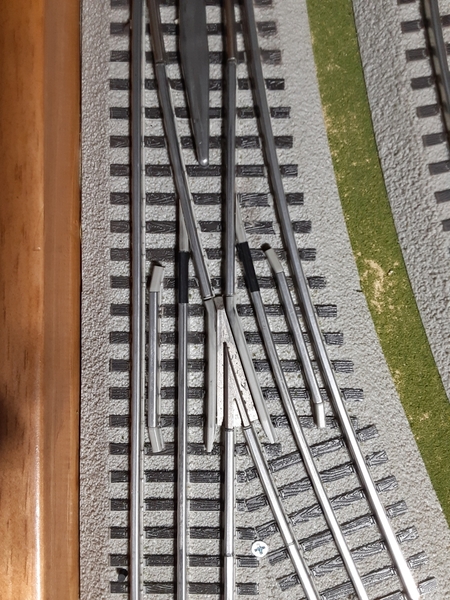@SteveH posted:Here's a link to the datasheet for the amplifier chip that this module uses: PAM8403
Not much info on the board mfg.'s site HiLetGo PAM8403 Super Mini 5V 3W*2 Digital Amplifier Board USB Powered Volume Control
Maybe I missed it, but I'm not seeing it's input impedance.
---------------------------------------------------------------
THEY DON'T STATE IT
-------------------------------------------------------------------
- To get a better idea of what we're dealing with, could you measure the resistance across it's input connections with the volume control potentiometer fully clockwise and again with the pot fully CCW? THE POT VARIES THE OUTPUT NOT THE INPUT
- Do you have an assortment of 1/2 or 1 Watt resistors in the 1 to10 Ohm range? YES
- How about an assortment of 1/4 Watt resistors in between 100 and 1kOhms? YES
- What values of potentiometers would you have on hand? I HAVE A LOT OF DUAL TAPER 10K AUDIO POTS FROM ALTOID TIN HEADPHONE AMP PROJECTS I USED TO DO. ALSO SOME 10K TRIM POTS
Feel free to PM me with answers to 2, 3, and 4.
John

















